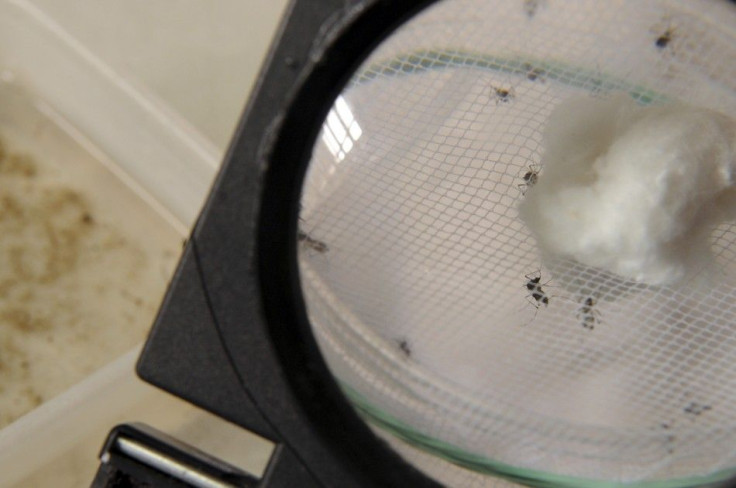Travel Alert: Over 200 Canadians Infected with Mosquito-Borne Chikungunya Virus

Canadians, who have plans to travel soon to the Caribbean region, are being advised to wear protective clothing to shield themselves from the mosquito-borne chikungunya (CHIK-un-gun-yah) virus. As of October 1, the virus has been caught by over 200 Canadians, Health Canada said.
The latest figures were a significant jump compared from data a year ago, Eric Morrissette, a spokesman for Health Canada, said, relatively due to the large outbreak in the Caribbean region and ongoing activity in the Asia-Pacific area that occurred in 2014.
Chikungunya is a disease caused by a virus transferred by an infected female Aedes species mosquito - Aedes aegypti or Aedes albopictus, the same tropical and sub-tropical mosquitoes that carry the dengue virus. They victimize usually during the daytime in shady areas. Once bitten, the victim experiences fever and severe joint pain, as well as muscle pain, headache, nausea, fatigue and rash.
The good news is, the mosquitoes bearing the virus is native only to the Caribbean region. Local transmission in Canada has been highly disregarded.
Chikungunya, however, is not a new virus. It has been present in Africa and the Asia-Pacific region for decades, according to Morrissette. He added the large number of the Canadian cases came from travel to the Caribbean islands, a popular vacation destination for those seeking to bath under the sun and get a glorious tan.
In August, Health Canada issued a travel alert urging travellers to first consult a health care provider or visit a travel health clinic at least six weeks before going to the Caribbean. The World Health Organisation likewise warned that since the disease shares some clinical signs with dengue, it is likely that a person afflicted with the Chikungunya disease might be misdiagnosed with dengue. There is no cure yet developed for the Chikungunya disease.
Canadians going to the affected areas are advised to wear long sleeves and pants when in the Caribbean. They should also check their accommodations and ensure that these are fitted with screens to prevent mosquitoes from entering. WHO, likewise, advised using repellents containing contain DEET (N, N-diethyl-3-methylbenzamide), IR3535 (3-[N-acetyl-N-butyl]-aminopropionic acid ethyl ester) or icaridin (1-piperidinecarboxylic acid, 2-(2-hydroxyethyl)-1-methylpropylester).
Chikungunya occurs in Africa, Asia, the Caribbean and the Indian subcontinent. A map of the areas where chikungunya occurs is available on the World Health Organization's (WHO) website.





















